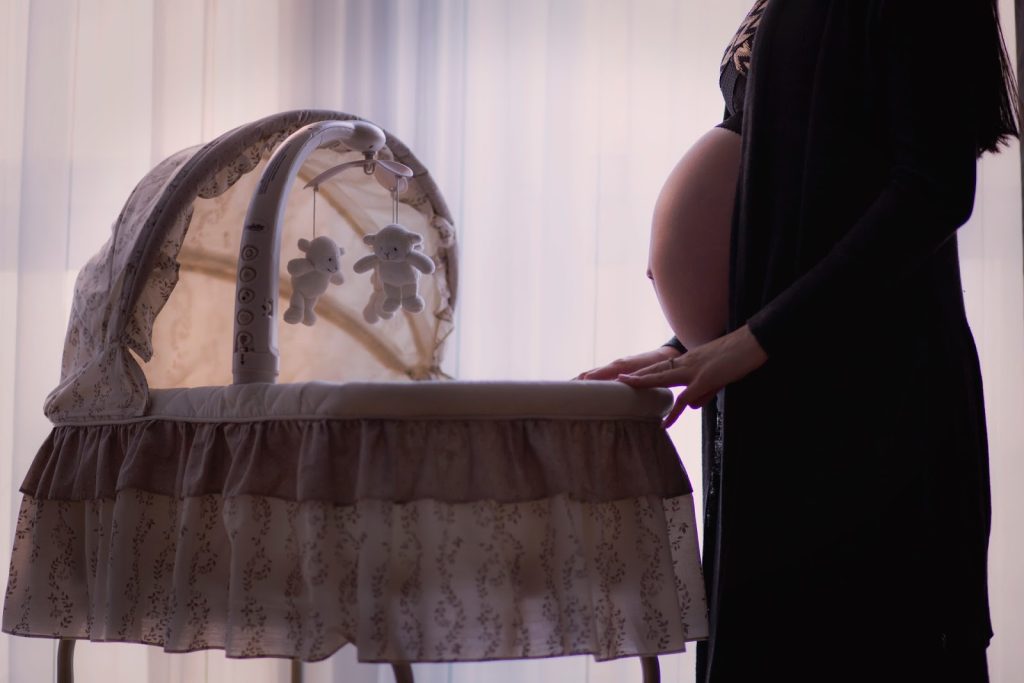Like in many other countries, the rate of caesarean section or c-section in Malaysia has risen over the years. Whether it is elective or not, the numbers are climbing every year amongst those in the low-risk groups.
A C-section delivery is the surgical delivery of a baby which involves making an incision in the mother’s abdomen and another in the uterus. A C-section delivery is usually performed when complications make vaginal birth difficult, or when the mother or child is at risk.
On the flip side, an elective c-section delivery is a scheduled surgery for nonmedical reasons. Some women just prefer to deliver by surgery because it allows them to choose when their baby is born. For others, it could be because they have already delivered surgically prior. But if this is your first time, here’s what to expect after a C-section.
What happens immediately after surgery?
Most of the time, mums will get some bonding time with their newborn right after birth as you will be awake for the C-section. You will be able to hold your baby since you’ve either had a spinal block or epidural. Next, you will be wheeled to the recovery area where nurses will continue to check on your vitals. They will also check your abdomen and observe the blood flow (from your vagina) to check if your uterus is contracting well.
Everyone’s tolerance and bodily response post-surgery may vary from one to another. Some may feel sick or exhausted, while others only feel groggy as the drugs slowly begin to wear off. The nurse may administer more pain medication through your IV needle to help you cope with the discomfort. If all is good and you’ve been given the all-clear, you will be taken to your room where you can rest and recuperate while bonding with your baby.
You will have the IV needle stuck in your hand for at least 24 hours, which could make holding your baby a little tricky. If this is your first baby, you can always ask a nurse to help you position your baby, especially if you are struggling with your incision pain. You will gain better mobility as the anaesthesia wears off, but this also means you may start to feel afterpains from your uterus contracting. All this discomfort might make breastfeeding uncomfortable, but if you’ve brought along a nursing pillow, it will take a lot of the pressure off your incision and help to prop your baby’s head up.
Once your catheter has been removed, and the anaesthesia has worn off, you will be asked to walk around. The pain is real, and you may only manage to drag your feet around the room while supporting your wound. Some mums swear by belly bands or belly wraps which helps to alleviate a lot of the pain. But make sure to check with your OBGYN first before attempting this.
If you thought your water retention was terrible when you were pregnant, be prepared to bloat even more post-surgery thanks to all the IV fluids pumped into your body. But don’t worry, it will go away within two weeks.
At home
Generally, mums are discharged from the hospital after three or four nights, provided there are no complications for both mum and baby. As C-section is considered a major surgery, you would be asked to take it easy for a couple of weeks. You’ll be free to go home once you’re clear on how to clean your incision and what medications to take during this recovery period.
It is best not to lift anything heavier than your baby and be careful about how you move. When getting up, a good tip is to roll on to your side with your knees bent, before slowly pushing yourself into sitting position. Remember to support your stomach when getting up. You should also hold your wound with your hand when you sneeze, cough, or laugh. It is crucial to clean your wound as per your doctor’s instruction. Keeping your incision clean will prevent it from getting infected. Initially, the scar might look scary, but it will fade over time.
You should also be able to start postnatal massage sessions, although massages surrounding your incision and bertungku will have to wait about two weeks post-surgery. Your postnatal massage sessions will be carried out with you lying on your back since you will not be allowed to lie on your front.
It is best to check with your OBGYN what herbs are safe if you’ll be consuming them during your confinement and remember to eat small meals rich in fibre to avoid constipation.
Light exercises that are safe post-C-section
Deep breathing, shoulder circles and gentle stretching are all safe to do a few days post-surgery. Try taking deep breaths every half-hour and do two to three reps of this. Even this simple exercise can be rejuvenating when you’ve been resting in bed for too long without doing much.
If you are physically able, sit upright and roll your shoulders for about 20 reps in both directions to reduce stiffness. Even foot rolls are great to get some circulation going.
And when you’re feeling much better and stronger, you can try standing against a wall and raising both arms slowly above your head until you feel the muscles in your belly stretch. Hold this position for 5 seconds, and then relax. Repeat up to 10 times a day to boost flexibility around your stitches.
When to worry
If you experience any of the symptoms below, do not hesitate to contact your doctor immediately.
- If your incision looks inflamed or is leaking discharge
- You have a fever
- Excessive vaginal bleeding in unusually large clots that smells bad
- If despite medication, the pain seems to be getting worse instead of getting better
- If you notice swelling, bumps, pain or heat in your calves, hands or feet that could be an indicator for a possible blood clot
- If you’re experiencing severe headaches that don’t seem to go away
- If you have difficulty seeing

